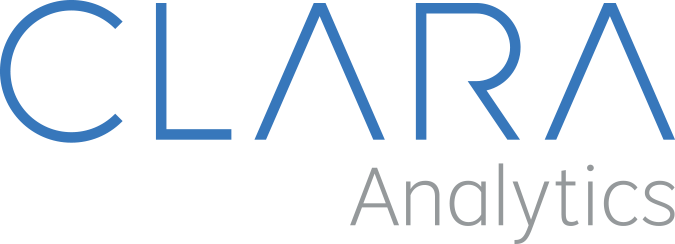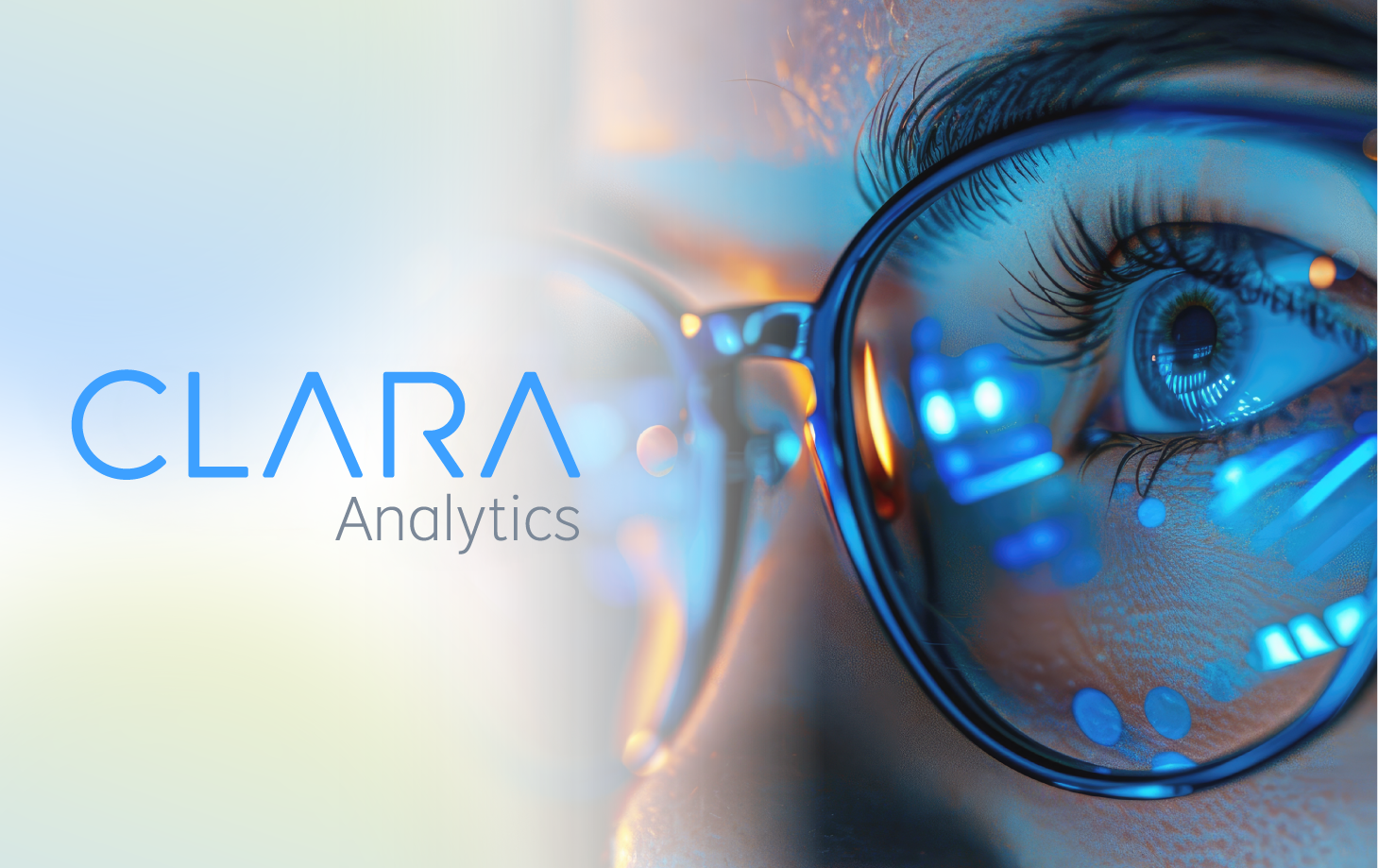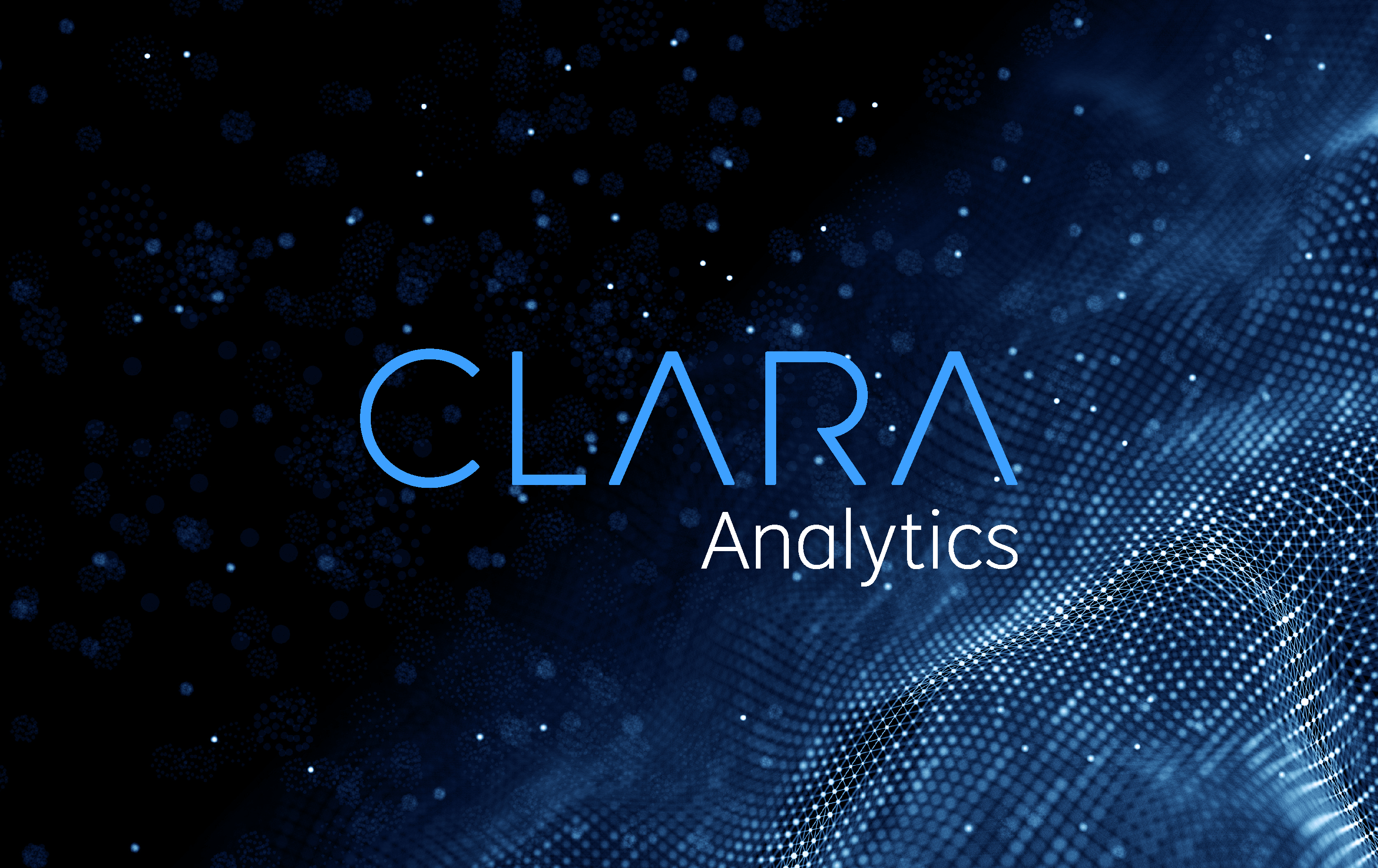Restaurant Industry Spotlight: Slip & Falls Got You Down?
Proactive claims handling is at the cornerstone of staying ahead of significant costs and AI is set to redefine its future. AI offers new opportunities for improved accuracy and efficiency.
Slip and fall accidents are prevalent in the restaurant industry accounting for nearly 25% of all workplace injuries in the service industry according to the U.S. Bureau of Labor Statistics. These incidents can lead to serious injuries, impacting not just the victims but also the establishment’s reputation and finances. Slip and falls account for over 1 million hospital emergency room visits and over 1 million guests are injured as a result of restaurant slips and falls, according to the National Floor Safety Institute (NFSI). A recent NSFI study indicates that the industry spends over $2 billion on such injuries each year and that these injuries are increasing at an annual rate of about 10%. According to a survey conducted by Cintas Corporation, one third of the adults surveyed said that they would be unlikely to return to dine out at a restaurant at which they knew someone had recently experienced a slip-and-fall accident, and that this trend disproportionately affected those restaurants with more family-oriented customer bases than more fine-dining focused establishments.
While the CDC estimates an average cost of $30,000 to $50,000 for slip and fall claims, the frequency of these claims tend to ultimately pose significant burden on the industry. This is further compounded by the fact that significant jury verdicts have been awarded in numerous jurisdictions for such incident. Other factors that can exponentially increase costs include medical and legal fees. By recognizing the factors that contribute to these claims, both patrons and restaurant owners can better navigate potential hazards.
Common Causes of Slip and Fall Accidents
- Wet Floors: Spills from food, drinks, or cleaning can create dangerously slippery surfaces. The National Safety Council reports that falls are the leading cause of injury-related emergency room visits.
- Uneven Surfaces: Cracked or poorly maintained floors can pose tripping hazards.
- Poor Lighting: Insufficient lighting can hide hazards, increasing the risk of slips and falls. A well-lit environment is essential for safety.
- Cluttered Walkways: Items like misplaced furniture, cleaning equipment, or food carts can obstruct paths, creating dangers for both customers and staff.
- Inadequate Signage: Failing to warn patrons about wet floors or ongoing maintenance can result in accidents.
To reduce the risk of slip and fall accidents, restaurant owners can implement several solutions. Regular training for staff on safety protocols is essential, as it equips them to effectively manage spills and keep walkways clear. Conducting routine inspections helps identify and address potential hazards before they lead to accidents. Additionally, using slip-resistant flooring materials and maintaining them properly can significantly decrease the likelihood of falls. Clear and visible signage is crucial for alerting patrons to wet floors or ongoing maintenance activities. Lastly, having an emergency response plan in place ensures that incidents are managed effectively, minimizing the risk of serious injuries.
Slip and fall claims pose serious legal and financial challenges in the restaurant industry. By understanding the common causes and implementing preventive measures, restaurant owners can foster a safer environment for customers and staff alike. For patrons, being aware and cautious can greatly reduce the risk of injury while dining.
When and if an incident does occur, it is imperative to focus on proactive claims handling. This is where AI solutions can become incredibly effective. AI solutions can assist with enhanced data analysis and predictive modeling. This can assist the restaurant industry in analyzing complex claim patterns and correlations as well as forecasting claim amounts and development patterns.
Proactive claims handling is at the cornerstone of staying ahead of significant costs and AI is set to redefine its future. AI offers new opportunities for improved accuracy and efficiency.
Schedule a demo today to see how CLARA’s AI solutions are saving self-insured enterprises millions in avoidable losses.




